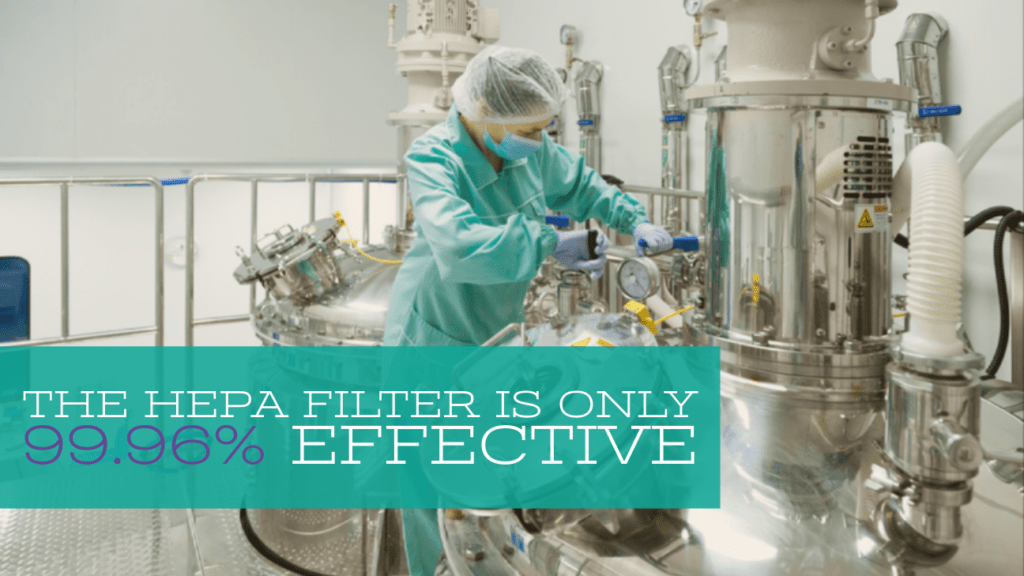
The U.S. is the number one largest national producer of chemical products globally. We have achieved this prestigious position as a result of our dedication to clean room standards and chemical purity; if we were unable to guarantee the quality and safety of our chemical and pharmaceutical products, no one would be interested in purchasing or using them.
Our strict adherence to GMP standards (good manufacturing practices) and GMP quality control ensures that no external contaminants are able to compromise the product at any stage of its production, whether a new drug is being radiolabeled for testing or a mainstream drug is being manufactured. Let's take a look at the biggest contamination risks our laboratories face and how they're safeguarded against.
Personnel
Unsurprisingly, people are considered to pose the largest threat and the highest source when it comes to contaminant materials; they account for between 75% and 80% of particles found in clean room inspections. Even microscopic materials -- such as skin flakes, oil, hair, and yeast -- can be circulated via movement. Since air quality is also of high importance, perfume, deodorants, lotions, and cosmetics can also cause major problems in a clean room environment.
Manufacturing Equipment
Drugs and chemicals can't be made without equipment. These machines often generate gas, lubricants, emissions, and other airborne particles while they're being used. As a result, the sterilization and examination of this machinery must be thoroughly conducted to ensure that they're not exposing the products to any dangerous contaminants. Their specific conductivity, antistatic characteristics, out-gassing properties, and antimicrobial aspects are all taken into account with this goal in mind.
Tools
Everyday tools such as household or industrial cleaning products (brooms, mops, dusters, etc.) and writing supplies (pens, pencils, paper) can bring contaminants into the clean room. Any objects must be cleaned with approved solutions, such as non-particulating wipes and mops as well as clean room vacuums. Regular vacuums, even if they have HEPA filters, are not permitted as they're only 99.96% efficient -- and that .04% is enough to cause serious problems.
There's a reason clean room standards are so strict. Even the smallest mistakes and the most minuscule of particles can cause clean rooms and the products they're producing to become contaminated and unsafe.
